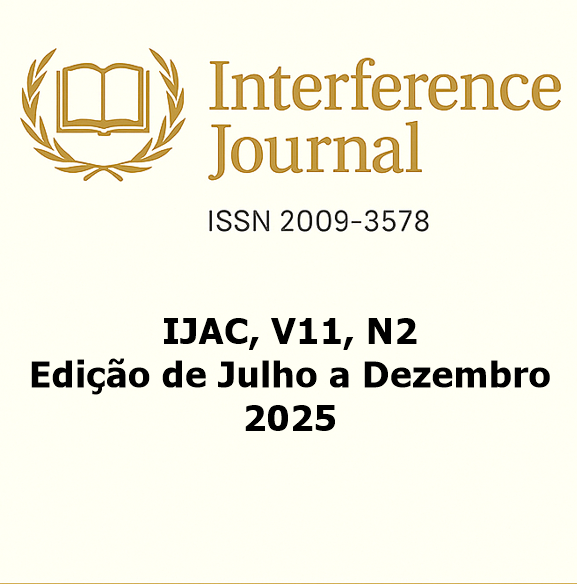Consumo energético para desidratação de filés de tilápia do Nilo (Oreochromis niloticus) em liofilizador vertical
DOI:
https://doi.org/10.36557/2009-3578.2025v11n2p4131-4151Abstract
The objective of this study was to evaluate the energy consumption for dehydrating Nile tilapia fillets in a vertical freeze dryer. The vertical freeze dryer, still in the prototype stage, underwent controlled tests in a test chamber for 432 hours. To evaluate energy consumption, different tilapia fillet samples with initial masses of 1.5 kg, 2.5 kg, 3.5 kg, and 4.5 kg, totaling 48 kg, were dehydrated. The process consisted first of subjecting them to a 230 L Blast Chiller freezing tunnel. Once frozen at -30°C, the samples were freeze-dried for 18, 24, 30, and 36 hours. Final masses (as a percentage of the initial masses) and average consumption in W/h were measured. Energy consumption and the time required to reach the ideal level for dehydrating tilapia fillets (30% dry matter) were evaluated. The energy consumption of a container was compared with that of an equivalent mass in the freeze-drying process. The evaluation of the freeze-drying process results revealed potential for improvements to the equipment. These improvements can be implemented in a new version of the vertical freeze dryer and in the freeze-drying process.
Downloads
Downloads
Published
How to Cite
Issue
Section
License
Copyright (c) 2025 Leonardo Balcewicz Junior, Pauliana Leão de Souza, Daniel da Silva Ladislau, Janaina Fernanda Rossetto, Altevir Signor

This work is licensed under a Creative Commons Attribution 4.0 International License.
Você tem o direito de:
- Compartilhar — copiar e redistribuir o material em qualquer suporte ou formato para qualquer fim, mesmo que comercial.
- Adaptar — remixar, transformar, e criar a partir do material para qualquer fim, mesmo que comercial.
De acordo com os termos seguintes:
- Atribuição — Você deve dar o crédito apropriado , prover um link para a licença e indicar se mudanças foram feitas . Você deve fazê-lo em qualquer circunstância razoável, mas de nenhuma maneira que sugira que o licenciante apoia você ou o seu uso.
- Sem restrições adicionais — Você não pode aplicar termos jurídicos ou medidas de caráter tecnológico que restrinjam legalmente outros de fazerem algo que a licença permita.


